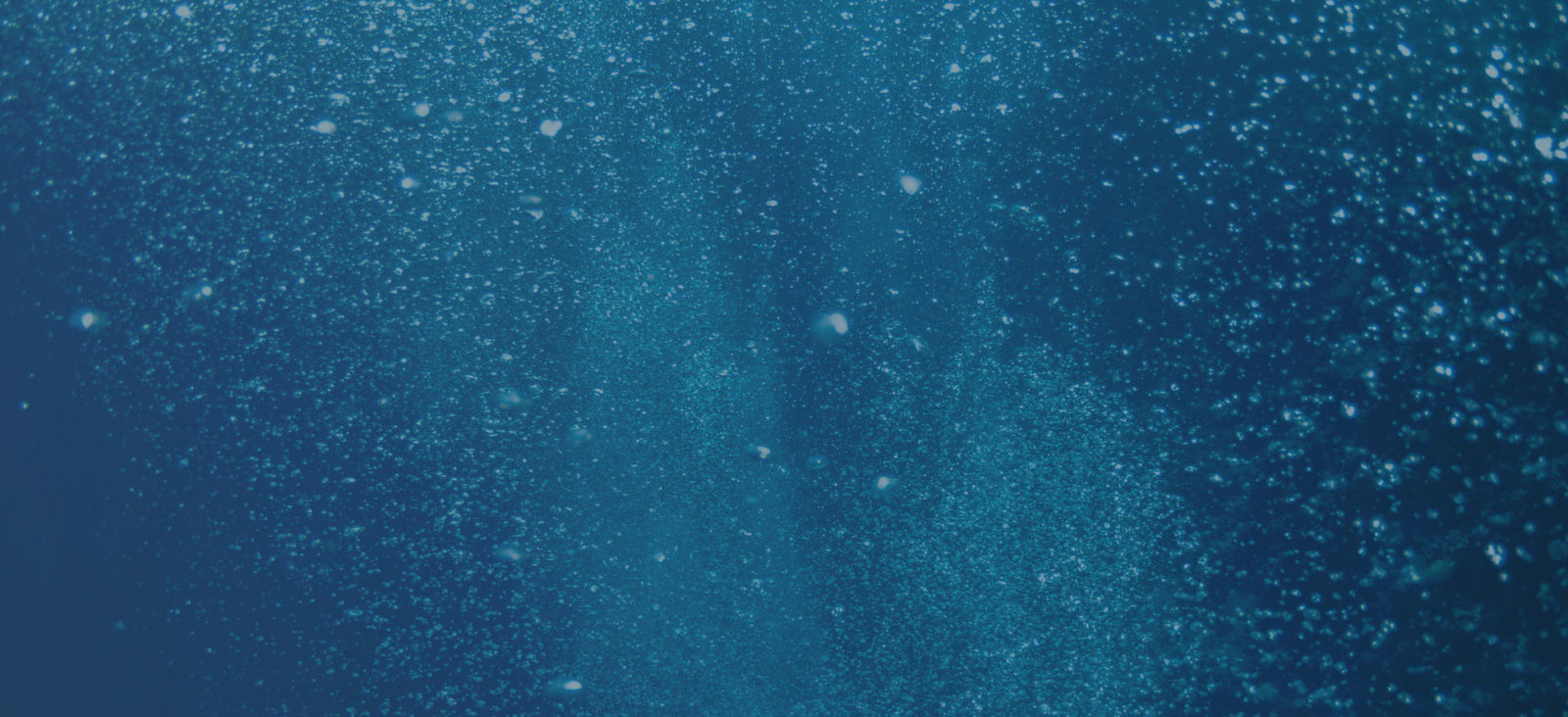
08 Feb Final barrier: Taking ownership of our water quality
Final barrier is technology that’s installed at water’s point of use (where it is accessed). Final barrier sanitation and disinfection eliminates the majority of potentially harmful contaminants in water, these can be present even after water has been treated by a municipality.
Safety at the point of use is a growing concern for businesses and residences as the water systems and infrastructure in the United States age and decay, with no clear near-term plan for maintenance or upgrade. We anticipate a significant challenge for municipalities across the country in maintaining drinking water quality standards. While Americans have “safe” drinking water today, how long will that last without major improvements to the infrastructure that handles it?
Contamination after central treatment
According to the U.S. Environmental Protection Agency (EPA), nonpoint source water pollution (NPS), caused by rainfall or snowmelt that moves through the ground, and pollution from urban runoff are the current leading causes of water quality problems, with NPS pollutants causing harmful effects on drinking water supplies.
Residents and businesses can’t continue to rely solely on their local utilities to guarantee water safety to the last mile. Those who use private wells may already be aware of the importance of having final barrier protection.
When you’re connected to city water, the challenge is potential contamination from the moment water leaves the treatment facility to the point that it flows out of faucets or water lines in your home or business. There are old pipes – even clay and wooden pipes! – still in use today. The age of water delivery systems provides challenges in keeping our water safe and keeping us healthy.
Municipal water systems in the United States use chemicals to treat the water before it reaches the public. Those chemicals mixed with organic compounds within the pipes of the water supply can cause illnesses or even death. For example, trihalomethanes, a by-product of chlorination of drinking water has been tied to bladder cancer.
There are also waterborne pathogens, such as E. coli, cryptosporidiosis and giardiasis, that grow quickly and can end up in your drinking water in the time it takes the water to travel from the water treatment facility and to your drinking glass.
Point of use disinfection
While there are charcoal-based final barrier filtering products on the market that eliminate some organic compounds found in water, they do not eliminate bacteria that can grow in the water or water delivery lines. Ultraviolet light technology is now used to disinfect water. It kills bacteria and renders the water harmless for human consumption.
Canopus Water Technology’s ultraviolet light sanitation “filter”, the C-UV100, results in near-complete disinfection rates, removing the vast majority of microbiological contamination. Our light-emitting diode (LED) design removes the hurdle of temperature-dependent disinfection, which eliminates fouling of pipes, also known as biofouling. Installation at the point of use is simple and fast. For single-family residences, the small unit can install under a sink. For businesses and industrial use, the larger size unit also installs at the water’s point of use such as work or wash stations, making it safe for consumption and use.
This chemical-free final barrier solution features the safety, reliability and long life of LED. The C-UV100 offers the highest water disinfection performance of any LED device on the market today. Until the country’s drinking water delivery system is overhauled, we recommend a final barrier solution, and we believe ours is the best protection from waterborne bacteria.



Sorry, the comment form is closed at this time.